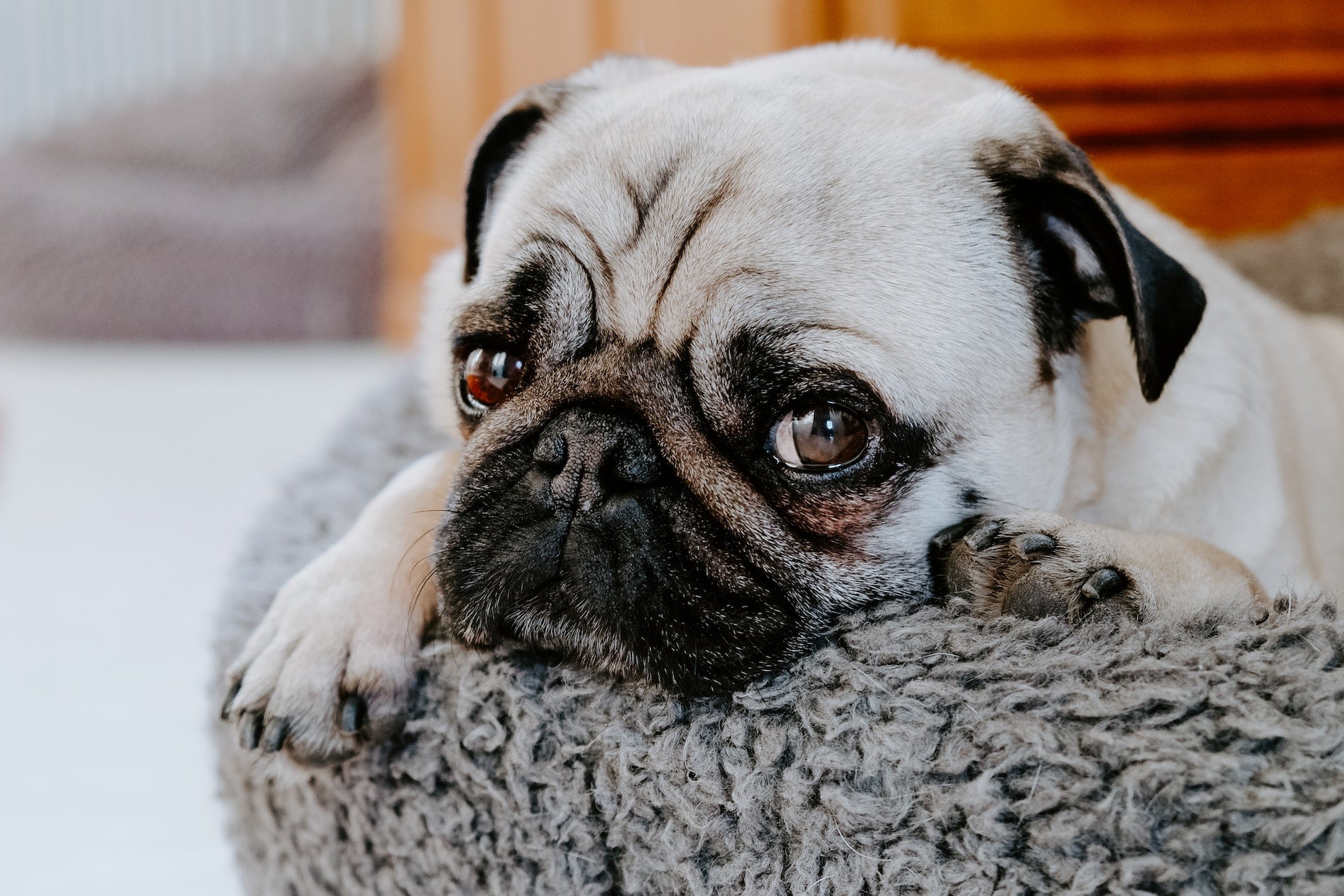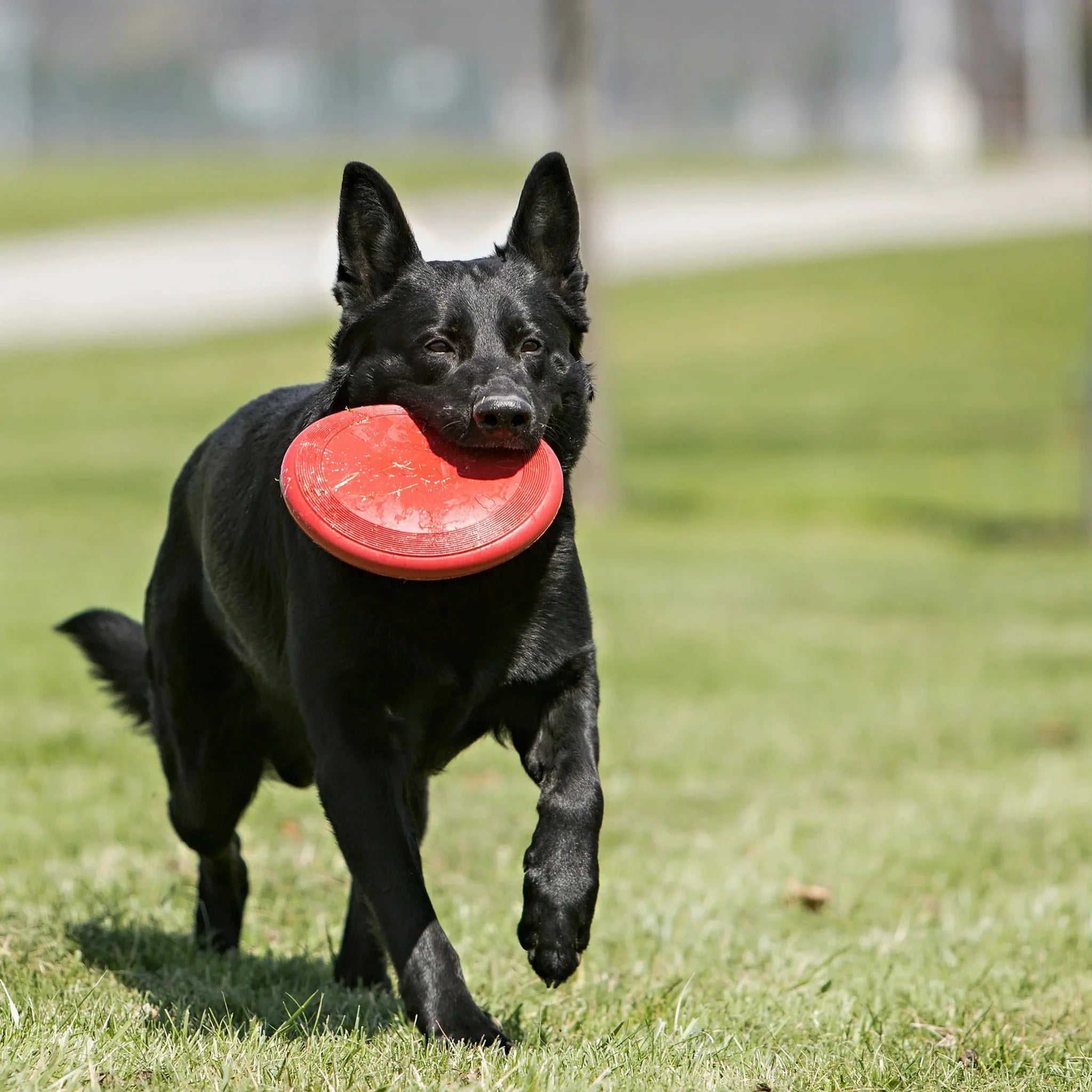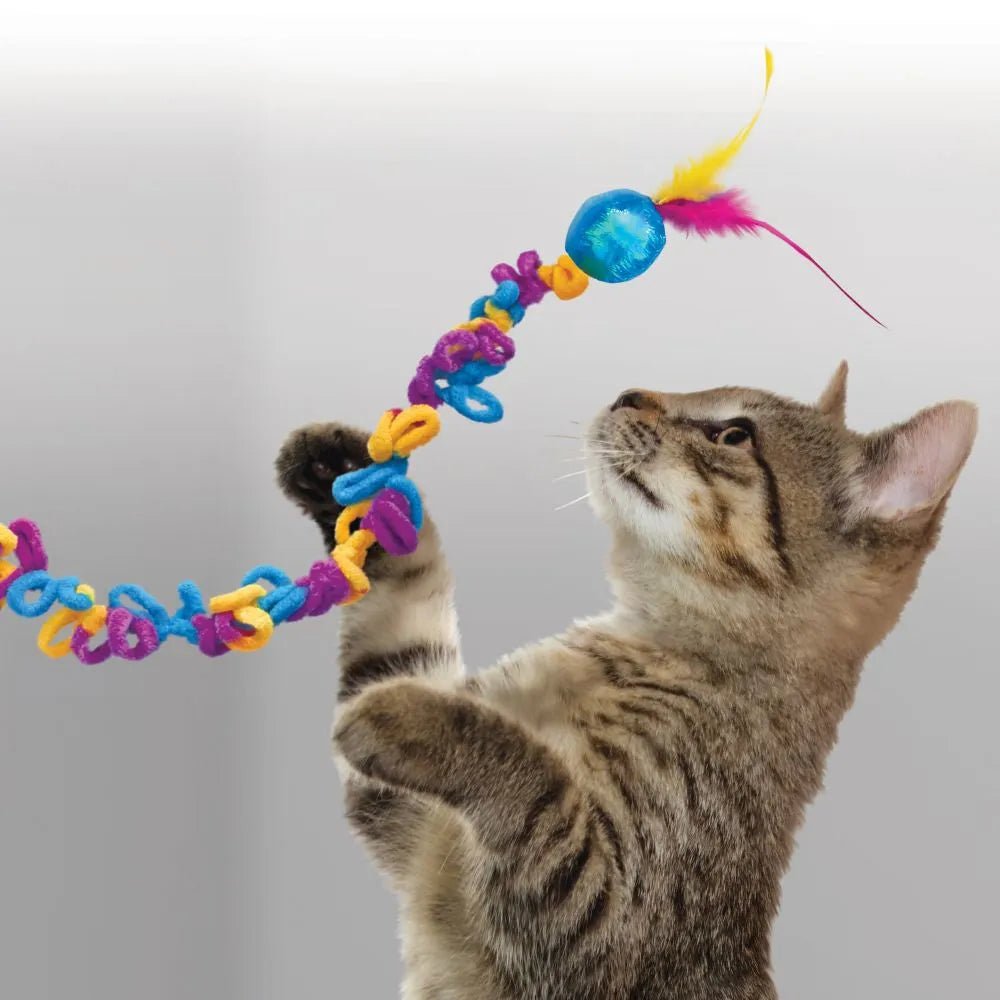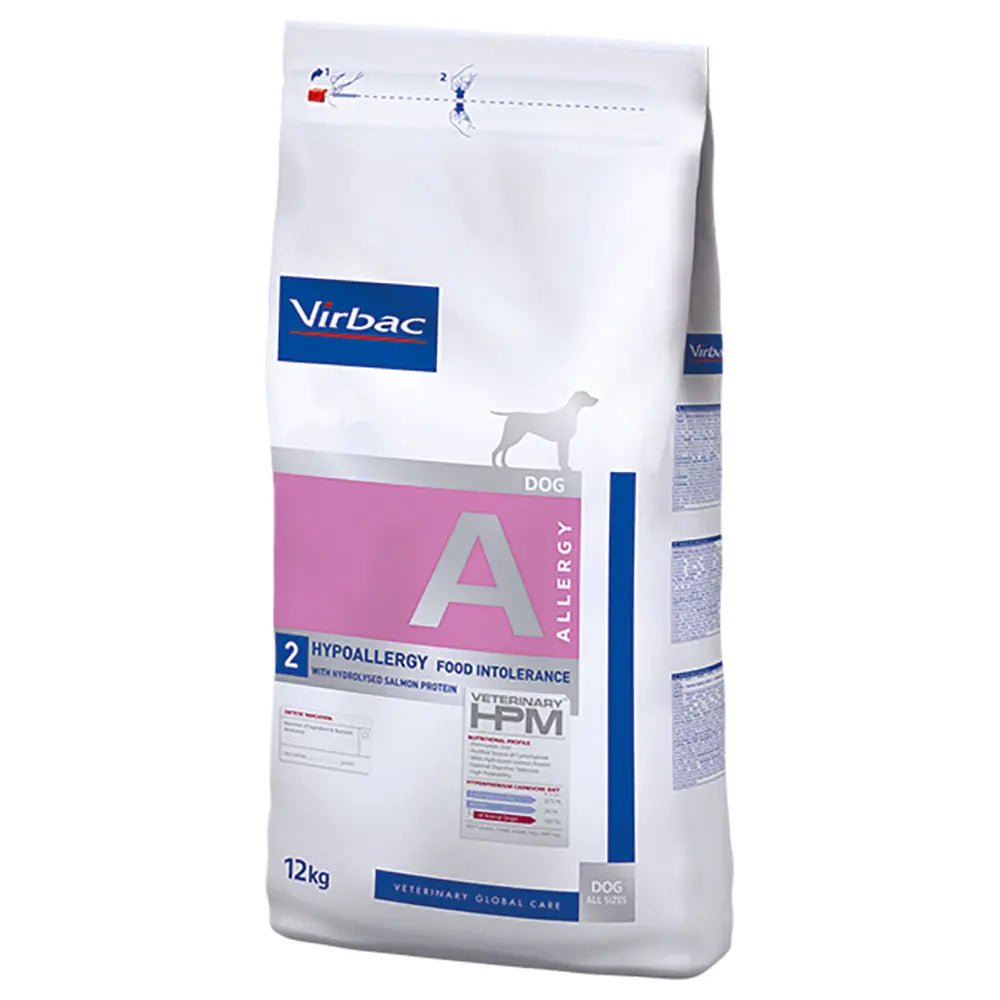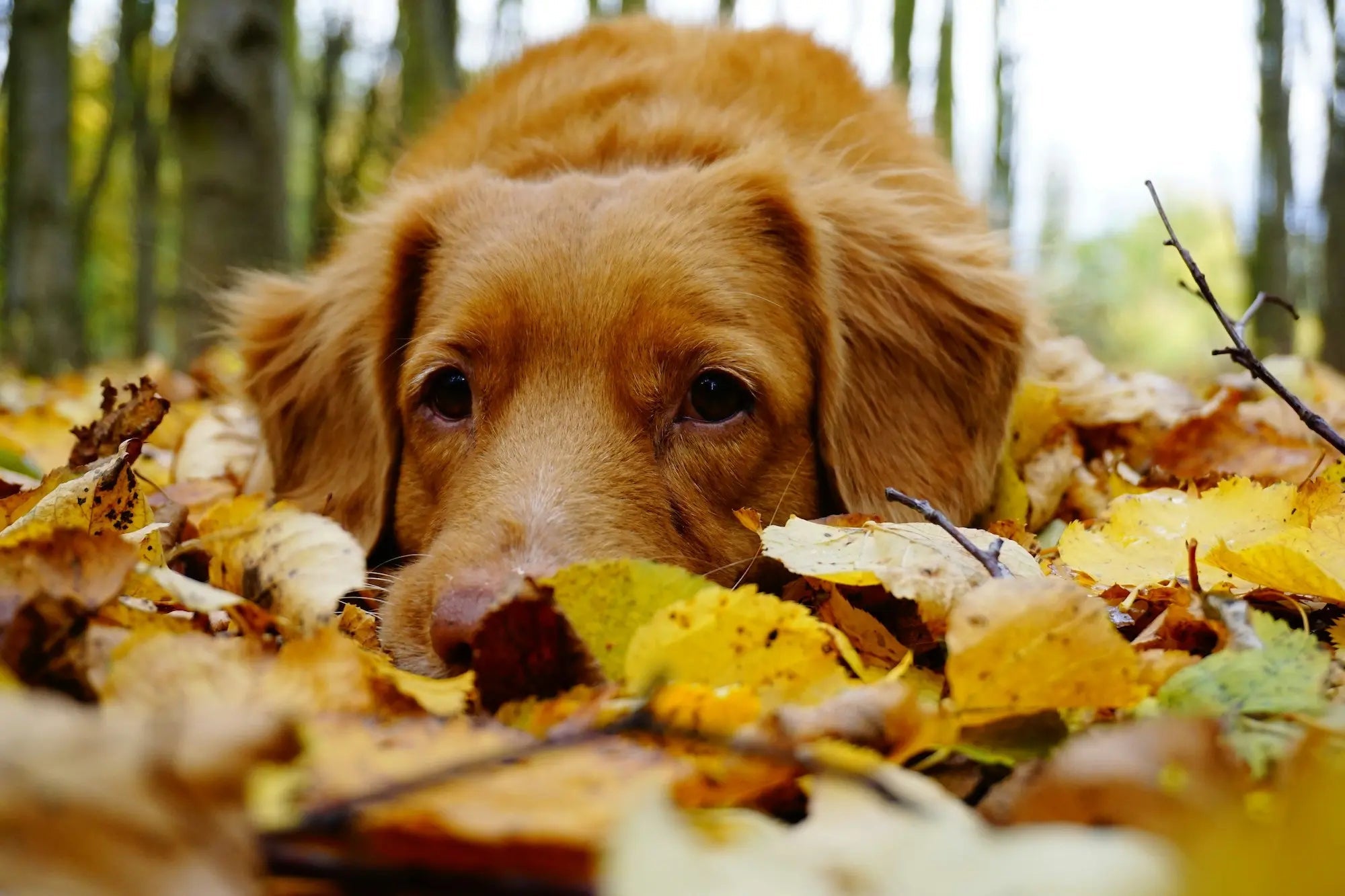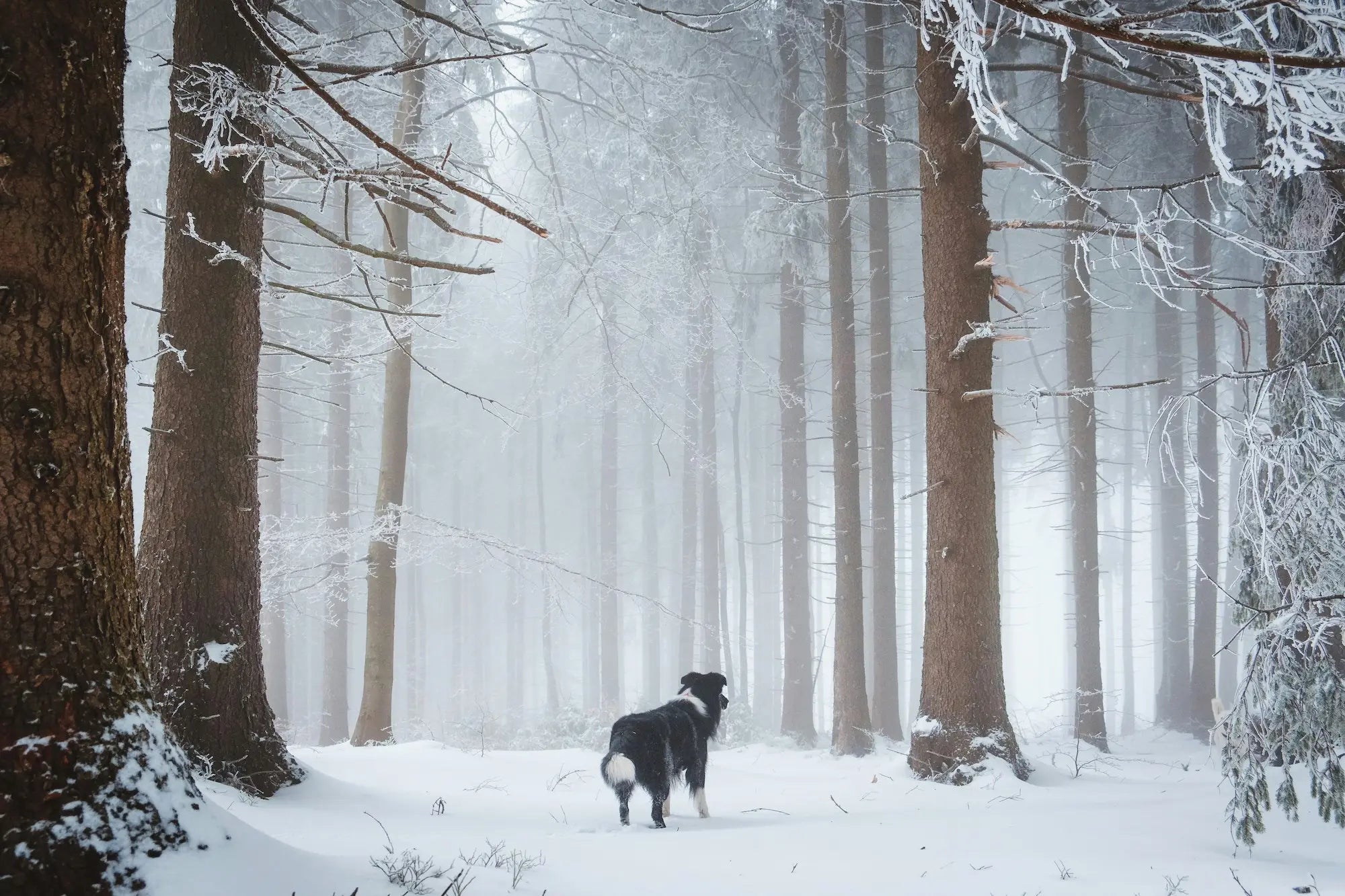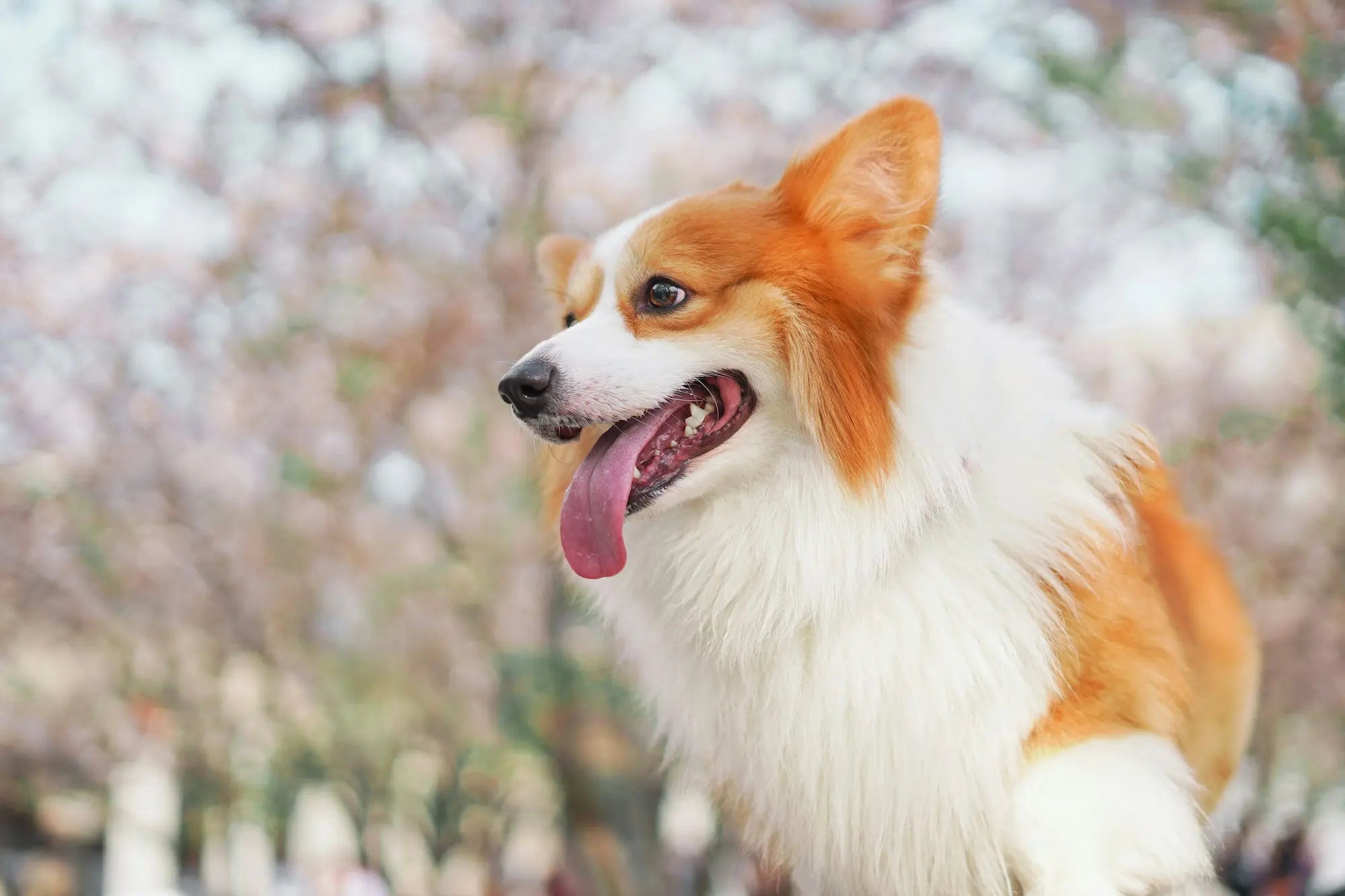The Pug is a loving and loyal breed of dog that is often described as both fun, cuddly and charming. It thrives very well in the family, and forms strong bonds with its owners. The breed has a versatile personality – it can be playful and entertaining, but also very happy to spend lazy days and cozy moments on the sofa. The Pug is a good fit for those who want a close and devoted companion.
race facts

Family friendly

Activity level

Fur care

Training needs

Clearing

Size
Facts about the breed
The Bichon Havanese originated in the Mediterranean, and according to historians, was a regular fixture on Italian and Spanish merchant ships in the 18th and 19th centuries. The ships took the dog to Cuba, where it was given as gifts among the upper classes. Cubans brought the Bichon Havanese breed to the United States, and from there it spread to the rest of the world.
What can you expect as an owner of a Bolognese dog?
Personality
Personality
Despite its modest size, the Pug has a big and expressive personality. The breed is known for being lively, playful and charming , and many refer to it as the “clown of the dog world” – both because of its comical expression and cheerful demeanor.
The Pug is a distinctly companion dog that thrives best around people. It is usually gentle, patient and uncomplicated in behavior, making it a good fit for families, seniors and first-time owners alike. The breed is affectionate, attention-seeking and loyal , and forms strong bonds with its owners.
For a pug to thrive, it is important that it receives plenty of love and companionship. It dislikes being alone for long periods of time, and can become restless or sad if its social needs are not met. A pug is therefore best suited to homes where it can be a natural part of daily life – whether on the couch, on walks, or in the middle of company.
Activity level
Activity level
Pugs are a breed that needs daily exercise and walks , just like all other dogs. Although they do not have the highest activity level, they enjoy short walks, play and socializing. They love to move, but are just as happy to relax and cuddle with their owner – and the balance between activity and rest is important for the breed’s well-being.
Pugs tend to become overweight if they are given too little exercise or too much food. They are often greedy, so it is important to have good control over the amount of food they are fed and to ensure they get enough daily exercise to maintain a healthy weight.
It is also important to note that the Pug is heat intolerant . Due to its short muzzle and narrow airways, it does not tolerate physical activity well in hot weather . In the summer months, walks should therefore be scheduled for early mornings or cool evenings , and exertion should be avoided in the middle of the day when temperatures are highest.
Training
Training
Pugs are bred to be companion dogs and have a natural desire to be close to and adapt to their humans. This makes them generally motivated and easy to train , especially when training is done in short sessions and with a positive tone.
They are voracious eaters and respond very well to reward in the form of treats , making them receptive to learning both everyday obedience and simple tricks. At the same time, it is important to be aware of the amount of treats, as the breed tends to put on weight easily.
In addition to rewards, praise and social contact are important factors in training. Pugs greatly appreciate attention and want to please their owners. It is recommended to start socialization and simple obedience training at a young age , so that the dog develops good habits and becomes confident in meeting different people, animals and environments.
Although the pug is not the most energetic breed, with the right motivation it can learn a lot – as long as the training is positive, patient and adapted to the dog's physical capacity .
Health
Health
The Pug is a breed of dog that requires extra attention when it comes to health, compared to many other breeds. The characteristically short muzzle – known as brachycephalic anatomy – makes the breed particularly prone to breathing problems , which affects both physical capacity and the ability to regulate body temperature.
Heat intolerance
Pugs do not tolerate heat well and are not well suited to physical activity in high temperatures. They are unable to cool down effectively, and as an owner you must be prepared to make arrangements for your dog in the summer:
- Ensure access to clean rooms, shade, cold water , and preferably a fan or air conditioning.
- A cooling mat can be a good supplement.
- If there are signs of difficulty breathing, drooling, vomiting or diarrhea , a veterinarian should be contacted immediately - these may be symptoms of overheating or heatstroke.
Dental health
Pugs are prone to gum disease , partly because their teeth can be crowded together. Teeth should be brushed regularly with a soft brush and suitable dog toothpaste , and the dog should receive regular check-ups with a veterinarian to prevent dental problems.
Weight and size
- Ideal weight : 6.3–8.1 kg
- Shoulder height : 25–35 cm
The Pug is compact and muscular, but tends to gain weight easily. It is important to monitor its weight and provide the right amount of food and exercise.
Hereditary diseases
Pugs are prone to several genetic diseases, many of them related to the flat head shape and anatomical limitations:
- BOAS (Brachycephalic Obstructive Airway Syndrome)
- Stenotic nostrils (narrow airways)
- Long soft palate and narrow pharynx
- Pug Dog Encephalitis (inflammation of the brain)
- Disc herniation and hemivertebra (spinal deformities)
- Patellar luxation (loose kneecaps)
- Hip dysplasia (HD)
- Demodex (hair follicle mite)
- Anal gland problems
- Legg-Calvé-Perthes disease (joint disease of the hip joint)
- Skin allergies and atopy
- Eye injuries and corneal problems, due to large, protruding eyes
Summary
Although the Pug has many health challenges, with proper care, adaptation, and regular veterinary visits, it can live a good and satisfying life. It is important to thoroughly familiarize yourself with the breed's needs and be prepared to provide the follow-up it requires – both for its health and quality of life.
Fur
Fur
Pugs have a short, dense, smooth coat that is generally easy to care for. They do not require advanced grooming, but regular brushing – preferably a couple of times a week – can be helpful to remove loose hair and reduce shedding in the home. Despite their short coat, pugs shed relatively heavily , and brushing also helps to stimulate the skin and keep the coat healthy.
It is recommended to bathe your pug regularly , especially when needed or if it has sensitive skin. Use a mild dog shampoo that is gentle on the skin and coat.
An important point in grooming a pug is the skin folds on the face and body . After bathing, be sure to dry thoroughly between the wrinkles to prevent moisture buildup that can lead to fungus, bacterial growth, and skin irritation. The skin folds should also be checked and cleaned regularly between baths.
By keeping the skin clean and dry, and by grooming the coat regularly, you help prevent typical skin problems that this breed can easily develop.
Food and nutrition
Food and nutrition
The Pug has a physical basis that places extra demands on diet and weight control. Due to its short muzzle and tendency to lower activity levels, the breed tends to put on weight easily – which in turn can worsen existing health challenges, such as breathing difficulties, joint problems and skin disorders.
Therefore, you should choose a high-quality dog food, preferably one that is specially formulated for small, brachycephalic breeds. Such foods are often designed with kibble that is easier for short-nosed dogs to grasp and chew, while also being balanced in calorie content.
For many pugs, it may be a good idea to use:
- Light or diet food designed to prevent or reduce obesity
- Food that supports skin health and digestion, for sensitive stomachs or allergies
Pugs are foodies and will rarely say no to an extra treat, but it is important to limit candy and instead use treats as rewards in small amounts during training.
Combine food with daily exercise, and monitor your dog's body weight regularly. A healthy weight will not only prolong your pug's quality of life, but also help prevent a number of serious complications.
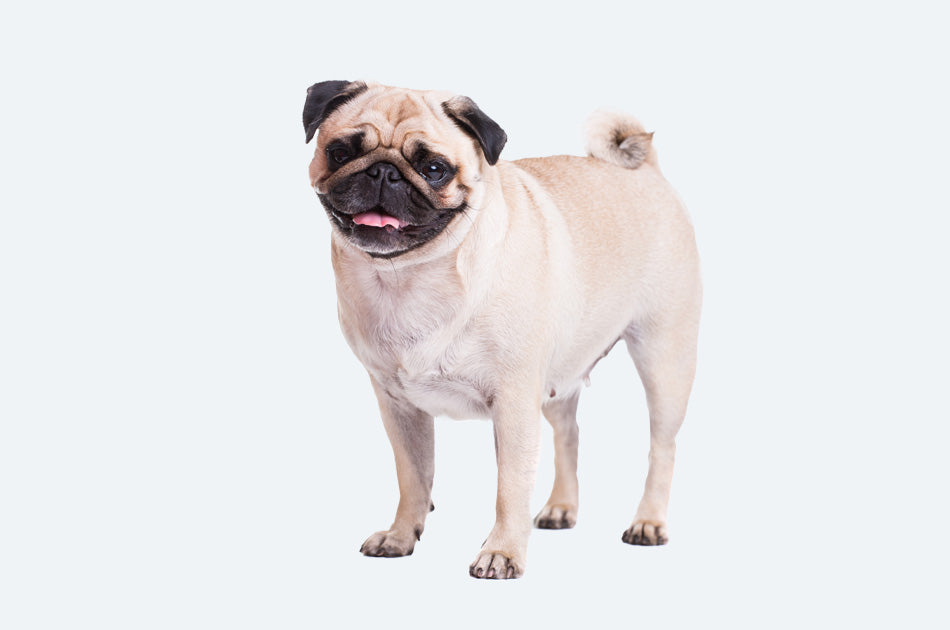
pug
If you are considering getting a Pug, it is crucial to choose a reputable and knowledgeable breeder. The breed is known for extensive health challenges, particularly related to breathing and heat intolerance, and it is therefore important that breeding is done with health and functionality in mind.
Choose a breeder who follows official breeding and husbandry guidelines and can document health tests on the parent animals. You should pay attention to characteristics such as:
- Better breathability and open airways
- Functional body and good temperament
- Breeding free of BOAS and other serious disorders
You should also request access to documentation such as:
- Health certificates and veterinary examinations
- Information about parents and previous offspring
- Registration of the puppies in the official registry
Avoid purchasing puppies from unscrupulous sellers, private individuals without documentation, or imports without known health routines - this can contribute to perpetuating disorders in the breed.
By choosing responsibly, you contribute not only to your dog's quality of life, but also to a long-term improvement of the breed's health and future.


